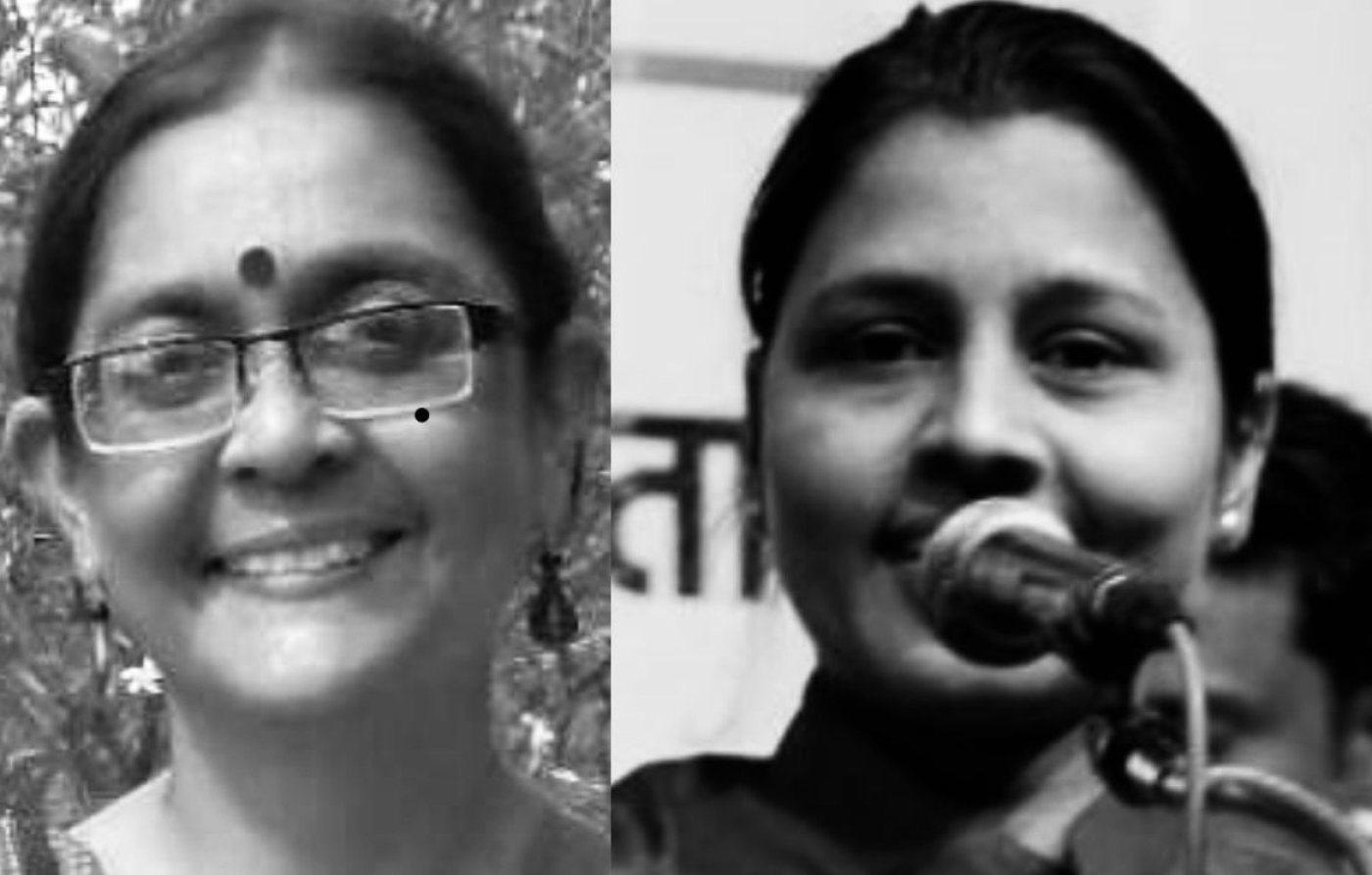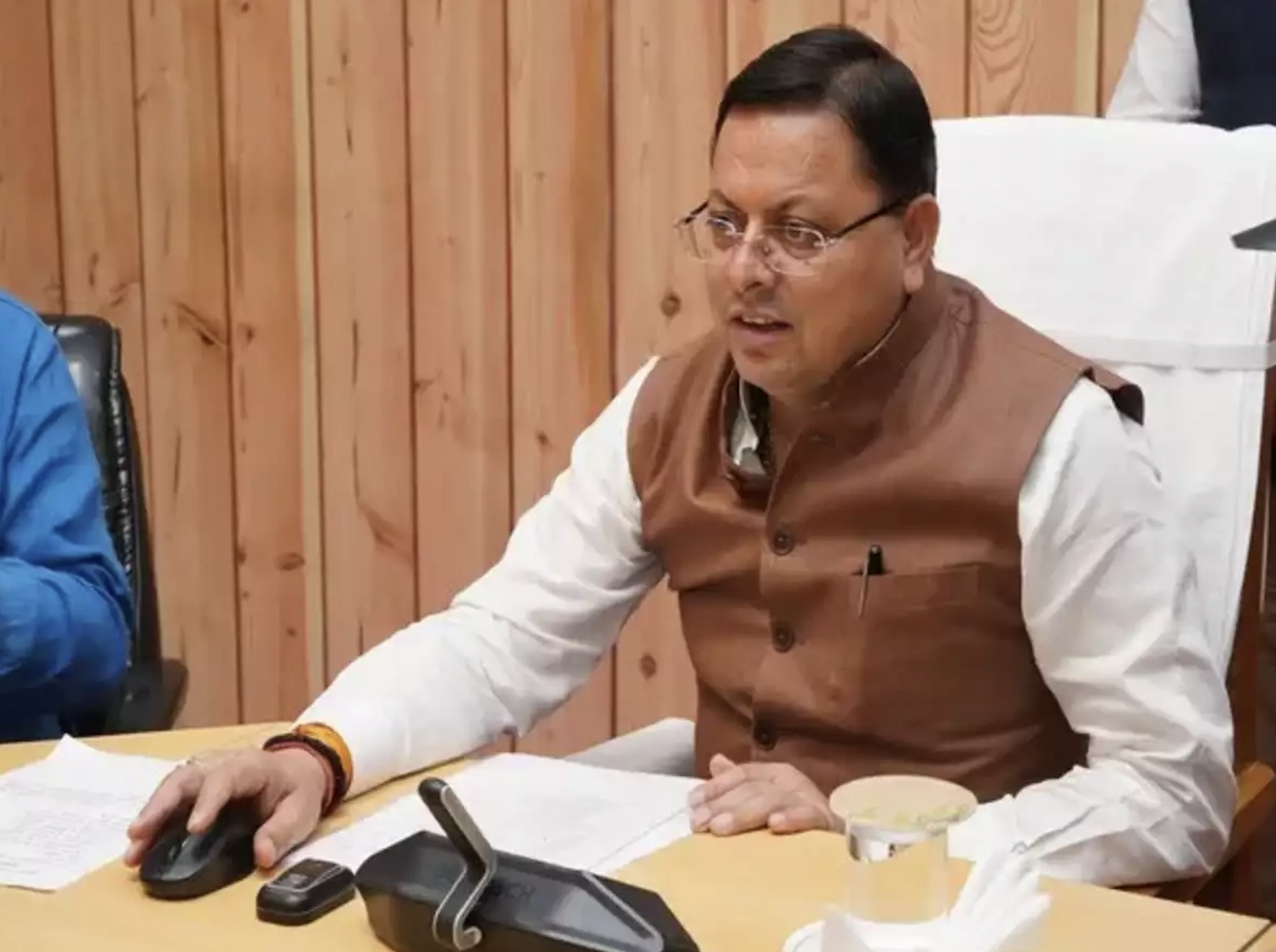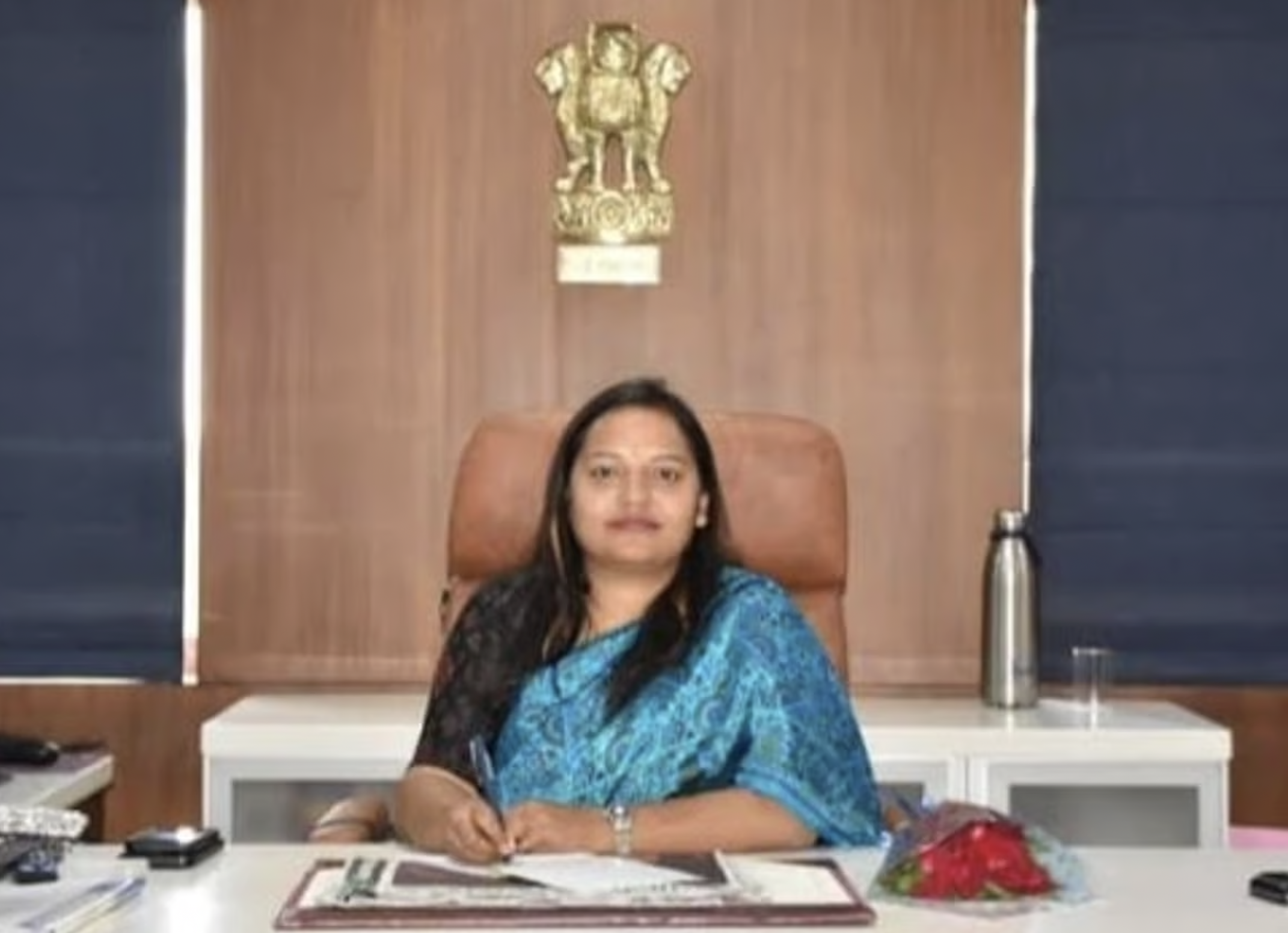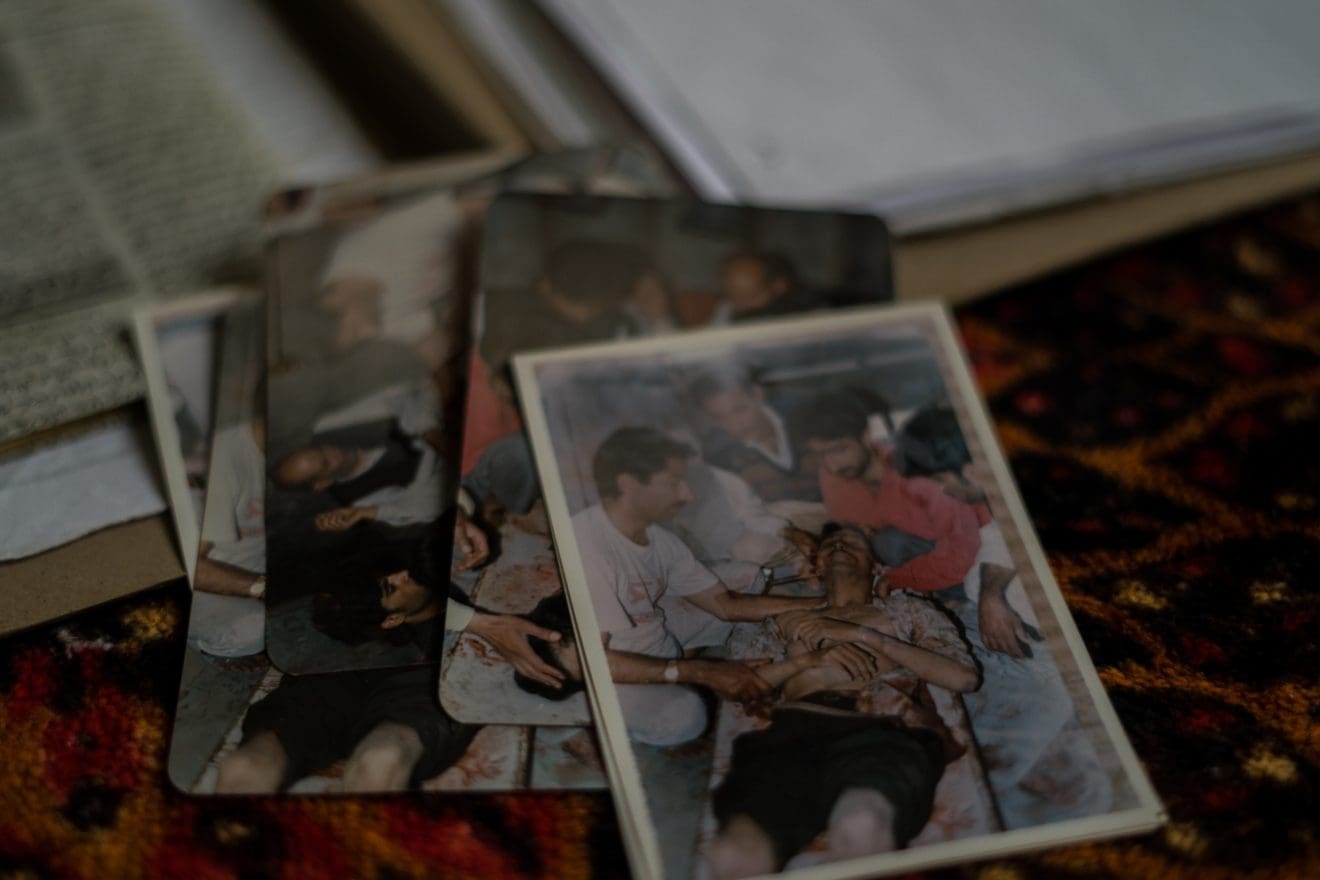
By HILAL AHMED
The aggressive Hindutva campaign to interrupt a peaceful assembly of Muslim worshippers performing Namaz, especially in Gurugram, upsets me deeply. It goes against the two crucial principles I always cherish: my spiritual faith in almighty Allah and my belief in the Gandhian ideal of ‘sarvdharm sambhav‘.
As a practicing Muslim, my Namaz has always been a reflection of my commitment to spirituality. My colleagues, friends, teachers, and students have always been encouraging. No one has ever found it anti-Hindu or anti-India. Even unknown people, mostly Hindus, pay respect to my Namaz. This was so heartening that I was able to offer Namaz in moving trains, on busy streets, in the corridors of hospitals, and even inside the functional Hindu temples.
As a researcher, I have made equally reassuring discoveries. The CSDS-NES survey 2019 and the recent Pew study on religion in India confirm that an overwhelming majority of Hindus still respect Islam as an Indian religion. In fact, it is strongly asserted that a Hindu cannot be recognised as a ‘good Hindu’ if they do not respect other religions of India, including Islam.
So, what has changed? What has prompted Hindu communalism to problematise Namaz as an anti-Hindu phenomenon?
Why Namaz?
It is important to note that the Namaz (Salat in Arabic) is one of the five pillars of Islam (the other four are Shahad, Saum/Roza, Zakat, and Hajj). Yet, it has become the most important performative religious activity.
The rise of Tablighi Jamaat in India as the most powerful Sunni religious reform movement in recent years also contributed significantly to this process. There is a strong belief among Sunni Muslim communities that Namaz is the only criterion to evaluate a person’s moral-religious character as a Muslim.
This renewed emphasis on Namaz actually has led to two crucial developments. First, the number of Muslim namazis (worshippers) has increased in an unprecedented manner. The mosque space becomes insufficient to accommodate this ever-increasing number, especially in big cities and towns. As a result, a new trajectory of mosque-building has begun. These new mosques are beginning to function as new symbols of Islamic religiosity.
Second, rural-urban labour migration also played a significant role in the public demonstration of Namaz-centric religiosity. Muslim labourers, artisans, skilled and semi-skilled workers, who are employed in various factories and firms located in the industrial zones do not have proper mosques. The working-class Muslim population eventually offer Namaz on open spaces and roads, especially on Fridays.
This visible Muslim presence has been a symbol of Indian secularism for a long time. It corresponds to the Gandhian imagination of sarvdharma sambhav as well as the Nehruvian conception of ‘unity in diversity’.
Namazis as new untouchables
Hindutva politics, however, always find it difficult to have a convincing position on the practice of Namaz. That was the reason the act of Namaz was not used more directly to underline Hindu victimhood. The standard Hindutva argument that “all Indians are Hindus though our patterns of worship differ” is always evoked to legitimise this Hindutva unease.
The attitude of Hindus towards Namaz was another crucial reason behind Hindutva’s strategic silence on this issue. It was difficult for a Hindutva group to demonise Muslims only because they were offering Namaz. For a common Hindu, Namaz is not different from any other Hindu religious practice. It is envisaged as a spiritual manifestation of belief in dharma.
The public manifestations of Namaz-centric Muslim religiosity — green minarets of recently rebuilt mosques sharing the city sky with flyovers and metro tracks, Muslim congregations on busy roads, and the loud sound of Azan — however, was a different phenomenon. It offered three new possibilities to Hindutva politics to focus entirely on Namaz in the post-Ram temple context. First, it became easier for them to justify the old Hindutva claim that Muslims’ adherence to Allah does not permit them to embrace nation-worship. Hence, they have to prove their loyalty. Congregational Namaz on roads are actually treated as convincing evidence in this regard.
Second, the act of Namaz has been reconceptualised as an antithesis of Hindu religious practices, as if performing Namaz in a Hindu place of worship is not permissible. This is exactly what Vishwa Hindu Parishad (VHP) and Bajrang Dal argue in Uttarakhand.
They went on to submit a memorandum to the Uttarakhand Cabinet Minister demanding “a probe into allegations that some Muslim labourers offered namaz at Badrinath Dham on Eid-ul-Adha”. In this case, the old Brahminical purity argument that the entry of untouchables would pollute Hindu temples is reconfigured to exclude Muslims.
The third possibility is entirely class-driven. Namaz on roads was shown to be a serious traffic concern as it disturbed the normal pace of hectic urban life. This was a persuasive claim that had the potential to influence the educated urban middle classes.
The secular Indian elite
The rigid secularism of the Indian elite has always been a source of their anti-poor/anti-caste stereotypes. A person who believes that reservation undermines merit, Indian needs military rule, and population growth is the only social problem of the country, will obviously get attracted to this Hindutva argument.
These three new claims — the oneness of Allah as an anti-thesis of nationalism, Namaz as an impure, anti-Hindu act, and Namaz as a crisis in urban spaces — help Hindutva politics touch upon the most sensitive aspect of the Muslim psyche. The purpose is to provoke Muslims to react as a collective, simply to legitimise Hindu victimhood.
No one knows how Muslim communities would respond to this new, unsettling campaign against Namaz. Personally, I do not wish to take refuge in the typical legal-secular argument that offering Namaz is my fundamental right as a citizen. Instead, I would like to reiterate my commitment in what I understand as the ‘Hindu ethos’. I am confident that my Hindu friends will definitely defend their faith in Islam as an Indian religion.
This story first appeared on theprint.in





